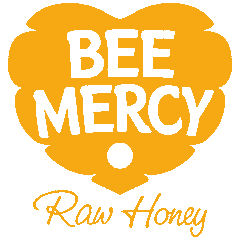Embrace change - A Raw Honey Revolution
Mar 12, 2015
From season to season, crop to crop, the taste, and texture of raw honey can change, even if it is from the same floral source. This is one of the natural changes that occur with raw honey. It is a natural change that used to occur with the majority of our food. However, today we have grown widely accustomed to the same taste experience upon every purchase.
With raw honey there is no meddling with nature, we just measure nature. Upon harvesting excess honey we measure the pollen count of that particular batch. Once it reaches the legislated threshold we are able to label it as that particular type. This does mean that although it may be labeled as Rosemary, it might only contain 70% Rosemary and the rest will be other wildflowers that the bees have foraged on. The following season the bees may produce honey that contains 85% Rosemary and other types of wildflowers. This means that there can be a variation in taste, texture, and color. As we mentioned in our ‘Liquid map of the Environment’ blog, it may be years before the bees produce the same honey. There are also changes in climate, quality of foliage, and other environmental shifts that can also contribute to changes in honey. Different regions also contribute to these variances. One important thing to add at this point is although these changes might take place, it still maintains all its health-giving goodness.
These changes come with the territory of experiencing raw honey. However, these changes are not always acceptable in modern society. It is this that drives commercially produced honey to be destroyed. These changes and variations are reduced when honey is pasteurized and controlled. For example, when honey is blended and ultra-fine filtered. These techniques allow honey producers to ensure that the customer gets the same taste experience each time they buy. This is one stipulation that can be made by large food retail corporations. However, this comes at a cost.
This meddling has today reached immense proportions. So much so that produce has to be labeled or certified to be real. The very fact that the word ‘Raw’ is needed to be used before honey is a sign that something has gone wrong with our food. This word is used as a way to highlight that the honey we have used for years, in our teas and on our toast, has essentially deviated from the version of what nature intended.
For us, these changes are a welcome revolution from the disconnectedness of our ecology. It is nature's rebellion and we welcome and embrace it.


